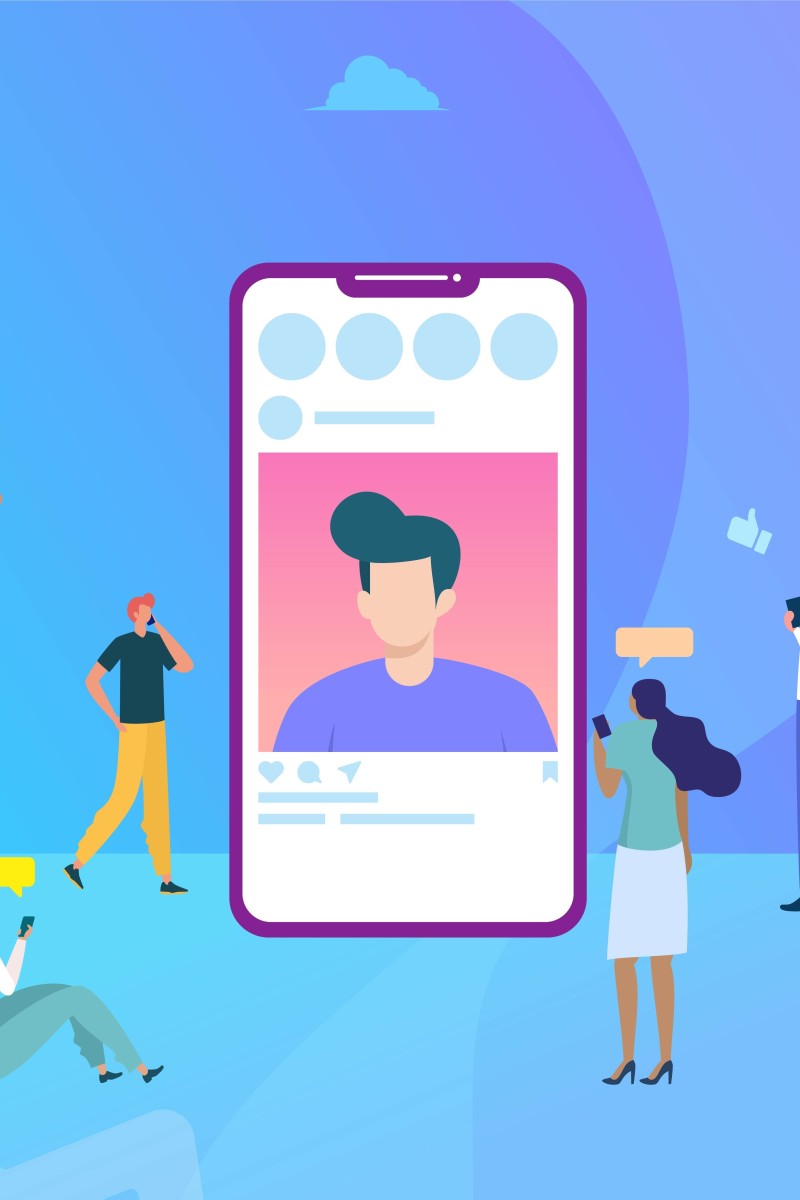
Face Off: Do Instagram stories bring people closer together?
- Each week, two of our readers debate a hot topic in a parliamentary-style debate that doesn’t necessarily reflect their personal viewpoint
- This week, they discuss whether short, temporary posts on social media actually help people connect
 Do you consider Instagram stories to be a way to get to know people better and stay in touch?
Do you consider Instagram stories to be a way to get to know people better and stay in touch?Hiya Arora, 16, YMCA of Hong Kong Christian College
With Instagram stories, you get temporary little updates of someone’s life, knowing they have decided that moment is worthy of sharing with their followers. You can see pictures and videos not only from friends and family, but also from people you may never have talked with much before - if at all.
Instagram stories are the most efficient way to share details about your day, make announcements, create polls asking for people’s opinions, and bring exposure to a permanent post on your account or on an account you follow.
Often, the content in stories are the small moments that may not feel important enough for permanent posts but are still an interesting part of everyday life. They create opportunities to get to know different people and bring our community closer.
Pop star Bebe Rexha thinks you should ditch the Instagram filter
Instagram stories are starting points to conversations, whether it is with a new internet friend or with your closest friends. People are always interested in what happens in others’ lives, and stories pique the interest of followers and lead them to respond with an emoji reaction or a direct message, creating opportunities for small talk.
A picture of food at the restaurant you’re currently eating at can result in recommendations and reviews from other people who have been there. A simple selfie can lead to compliments or questions about your look filling up your direct messages, from people who want to share their appreciation or pick up your styling tips.
Instagram stories bring people closer together because users choose to share moments from their lives, and are rewarded with opportunities to chat with old and new friends, bringing us all closer together.
Seeing a little snippet of a friend's day can make you feel like you're with them, even when you're far apart.
Hannah Wu, 15, Island School
As users quickly skip through Instagram stories with a tap or swipe on their screen, it is clear that these stories are designed to engage short attention spans. They are small snippets of someone’s life that they want to briefly share. They aren’t meant to start in-depth discussions or show important messages for people to see permanently.
Theoretically, Instagram stories have the potential to facilitate interaction through emoji reactions, direct messages, or poll responses. However, in practice, most people use the most convenient but brief response, emojis, which usually do not lead to further conversation.
Not only do Instagram stories fail to bring people together, but they also succeed in pulling people apart.
For example, Instagram stories show who has seen them. This becomes an unhealthy relationship indicator for some users who feel upset when their friends or significant others don’t view their stories, and it can trigger obsessive and insecure behaviour.
How to help a friend who is obsessed with Instagram
They also perpetuate a well-known issue with social media - FOMO. Most people create stories more frequently than they create permanent posts, especially when hanging out with friends or celebrating special occasions. As users see what their peers are constantly up to, they may feel excluded or fear they are missing out on what their peers are doing or achieving. Resulting feelings of jealousy and sadness can further strain relationships and mental health.
Instagram’s platform has other more interactive functions: posting, commenting, and messaging. Permanent posts usually share someone’s most important life events and memorable moments, while people communicate privately through direct message.
Compared to these other features, Instagram stories do not achieve the same goal of bringing people together.